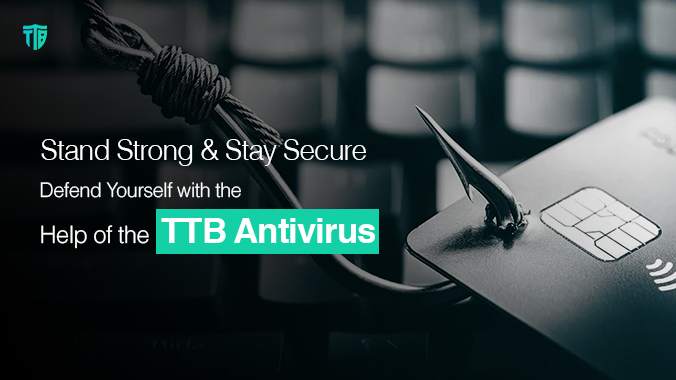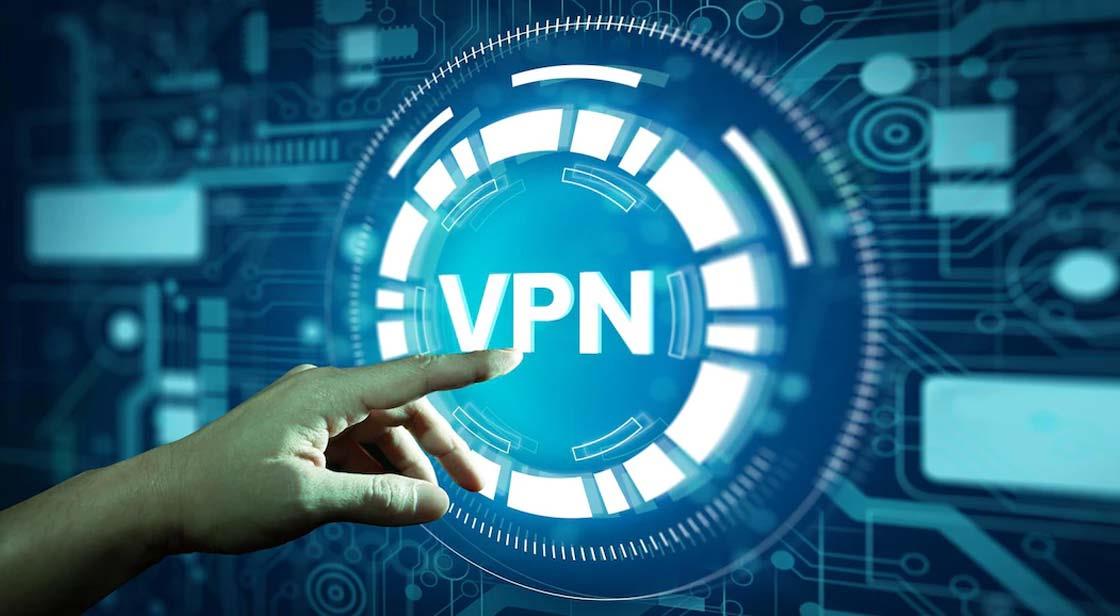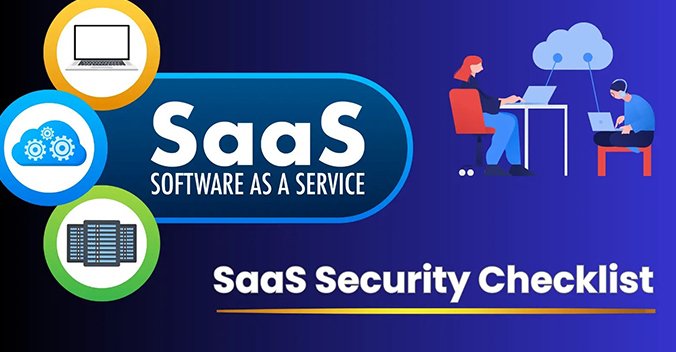Phishing is a social engineering & scam that hackers use to deceive people into installing viruses like ransomware and revealing their sensitive information. In today’s world, a lot of criminals are going online to steal the personal information of as many people as possible. Due to this, phishing prevention has become a crucial process in the modern digital world.
Through the last few years, people have learned to avoid such attacks, but phishing messages look trustworthy in many situations. Moreover, some of those attacks are even specifically personalized for you. Across the web, phishing has been used to attack defenseless victims by stealing their social security numbers, bank information, etc. Therefore, you must use a reliable anti-virus, like TTB Antivirus, to protect your data and prevent financial loss.
Through this blog post, you will learn what Phishing means, and how it can impact your device. In addition, you will also learn about the effective ways by which you can protect yourself from Phishing attacks. So, don’t wait anymore and read this blog right away.
How Do Phishing Attacks Work?
Although several phishing attacks are poorly designed and clearly look fake, cybercriminals are using AI technology to make these attacks more real. These scams usually involve misleading methods to give the impression of being a trustworthy sender. Here's how phishing works:
- Deceptive Email/SMS: The hackers send an email or SMS to their target people that looks like it was sent by an authorized source. Its examples include things from your bank, a reliable company, or a social media platform. They often use daily-to-see logos and emails to make it look genuine.
- Tempting or Urgent Content: This content often shows an enticing offer or a sense of urgency to grasp the recipient's attention. For example, it might claim there are security issues with the recipient's account or that they have won a prize.
- Malicious Attachments or Links: Phishing content usually contains links to malicious attachments or fake websites. Opening the attachment or clicking the link can install viruses or even risk the recipient's personal information.
- Further Exploitation: The hackers can use the collected data for various purposes, including financial fraud, unauthorized access to accounts, identity theft, or even selling user information on the dark web.
Phishing attacks are constantly evolving, becoming more complex and even difficult to detect. Therefore, practicing good cybersecurity habits and being vigilant is crucial to safeguard your financial & personal information from these phishing attempts.
Effective Methods to Protect Yourself from the Phishing Attacks
Spotting phishing attacks comes down to identifying unusual or inconsistent activities. But what’s more important is being aware of how you can protect yourself from such phishing attacks. So read through this section to discover effective ways to protect your defense right away.
Don’t Click on Unidentified Attachments/Links
If you receive an unexpected mail that asks you to click on a specific link/attachment, don't click on it. It's a common phishing tactic that hackers use to convince victims to tap on an attachment/link that contains certain viruses. So, be aware of these types of links or attachments.
Use TTB Anti-Virus
The most effective way of protecting your device from phishing is by using a reliable anti-virus, such as TTB anti-virus. Additionally, this anti-virus will protect your device from viruses even if you have accidentally clicked on a suspicious link. Moreover, it will prevent the hacker from stealing any of your information.
Use Strong Passwords
Whether it is logging into a social media account or opening your device, a password usually acts as the last line of defense between a nosy cybercriminal and your personal information. To ensure that everything is safe, you must be using strong passwords.
But if you fall victim to any phishing attack, you must know that your accounts and devices are equipped with strong passwords. It will help you keep the hackers away from your private information.
Don’t Respond to Information Request
The best method to protect yourself from phishing is not to share your personal information with anyone you don't know. So, never share your personal information as it can be threatening. This will give them access to more of your bank accounts. Moreover, you should not respond to such texts or emails.
Use Multi-Factor Authentication
By allowing multi-factor authentication for all your accounts, it will automatically enhance your cybersecurity. This is mainly due to a reason that requires multi-factor authentication for people to identify themselves by more than their username & password. This ultimately makes it harder for the attacker to steal your information.
Use a Strong & Reliable Firewall
Similarly, a potent firewall is a great strategy for blocking outsiders from accessing your private data. However, using a powerful firewall may or may not stop any phishing message from coming into your Gmail inbox. Still, it will provide an extra layer of protection between the hacker and your personal information.
On the whole, hackers are clever and always discover new & innovative ways to breach cybersecurity defense systems. Therefore, you should implement different types of cybersecurity tactics to protect yourself from these alarming phishing attacks. So, keep yourself updated with the technology and threats, and always go for a smart antivirus system like TTB-antivirus.
Summary
Guard your online privacy & learn essential strategies to shield yourself from cunning phishing scams. Use TTB Anti-Virus for your online safety.




